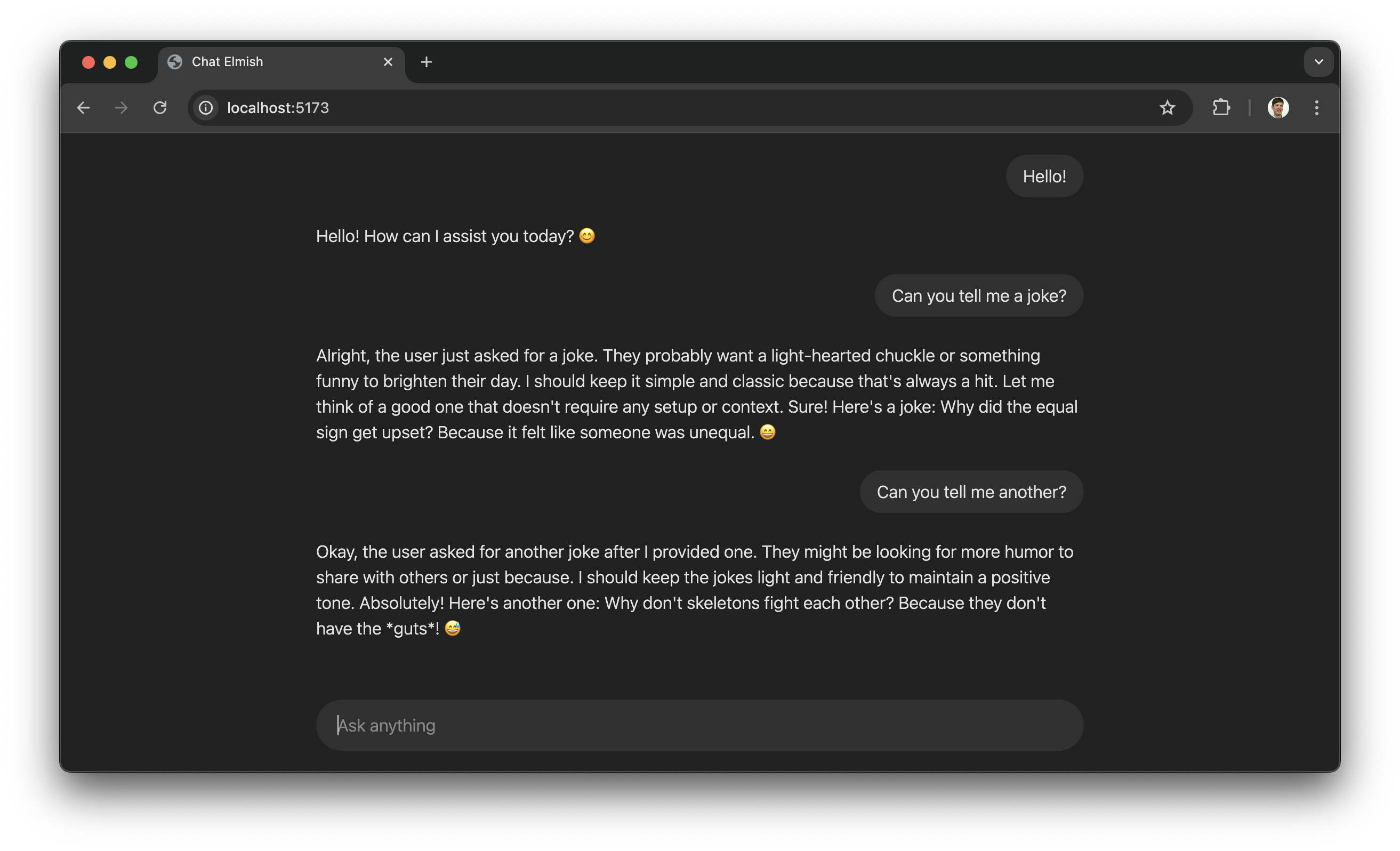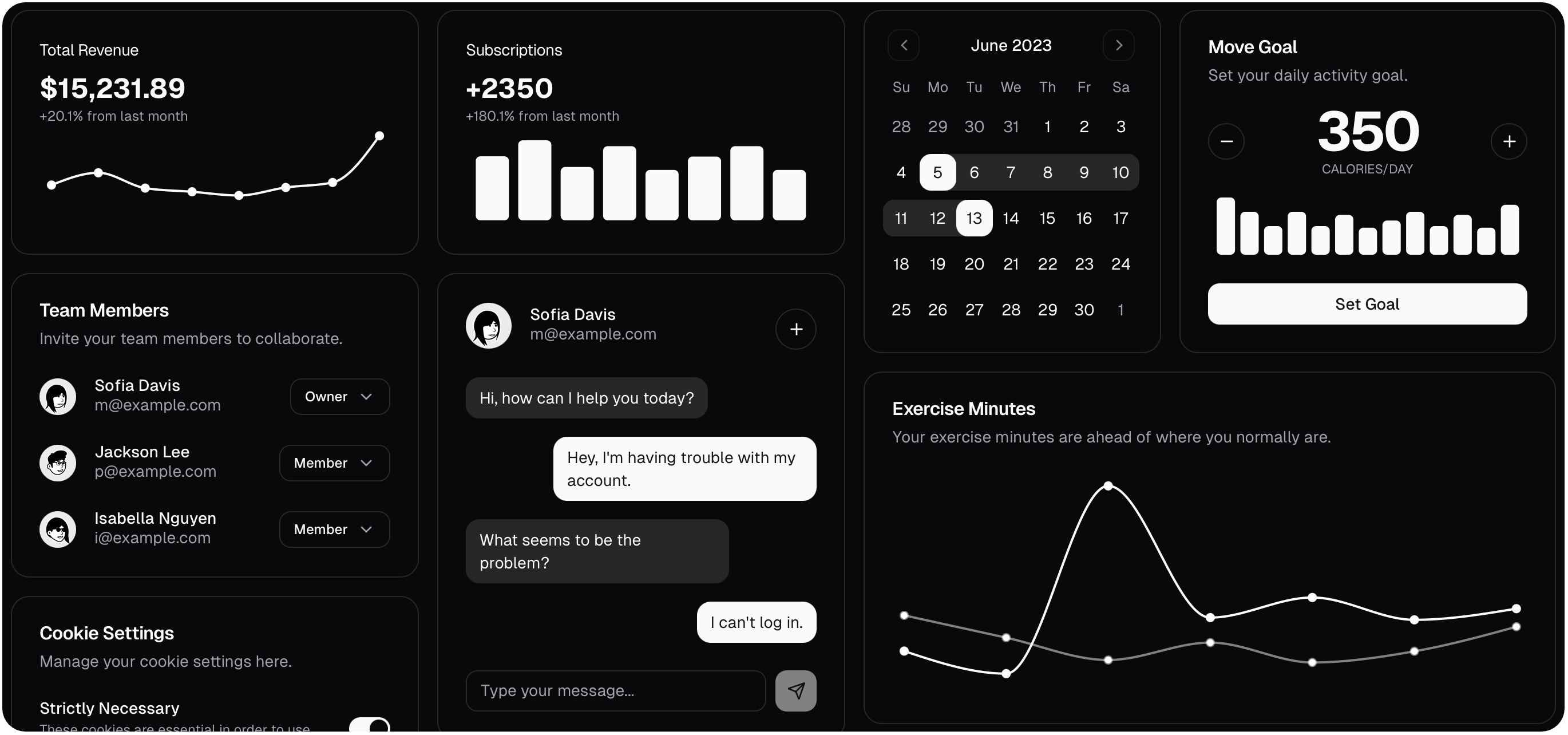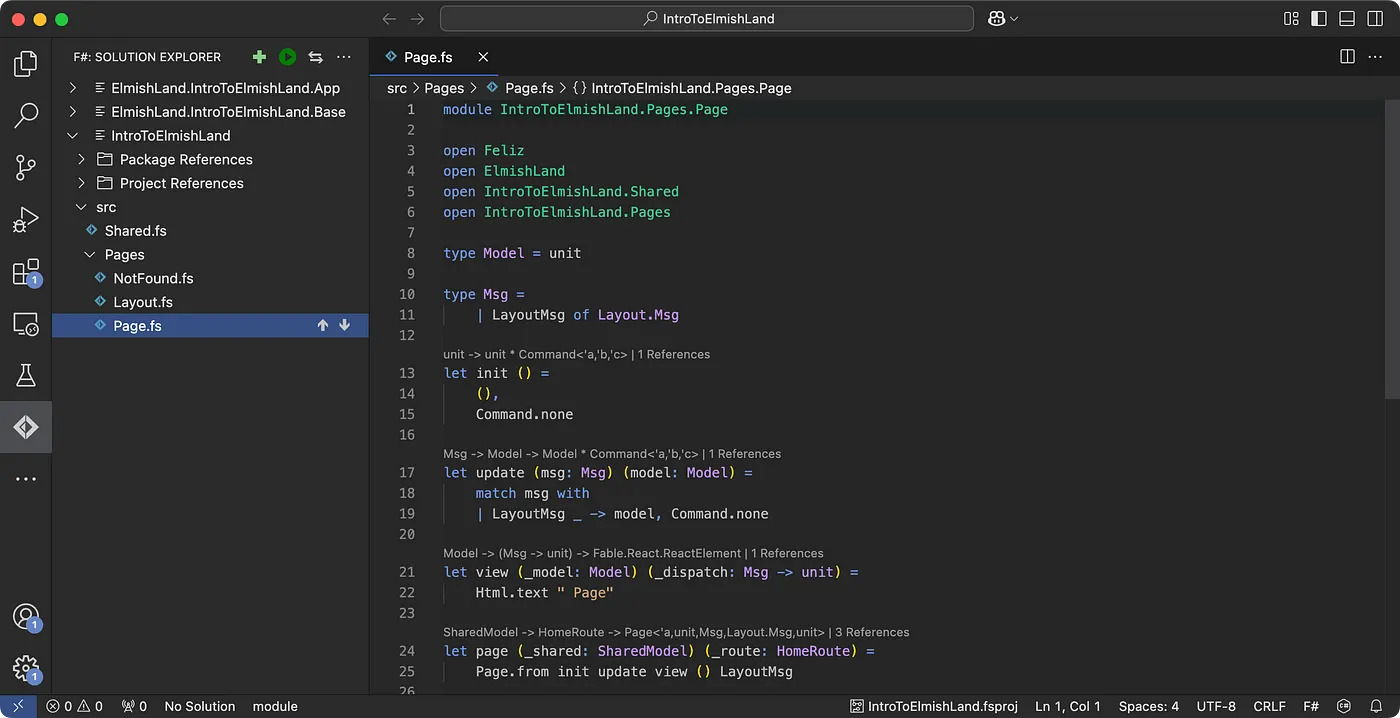Documentation Refresh and new API Reference
The Elmish Land documentation has been refreshed with a new API Reference section, improved organization, and enhanced content.
API Reference
The API Reference section documents all modules, functions, and configuration options with:
- Function signatures and parameter descriptions
- Examples showing common usage patterns
- Best practices for error handling and edge cases
- Guidance on when to use each feature
The API Reference includes:
- Page Module -
Page.from,Page.withSubscriptions, and page lifecycle functions - Layout Module -
Layout.from,Layout.withSubscriptions,routeChangedand more - Command Module - All command functions
- Route Module -
Route.formatfor type-safe navigation,Route.isEqualWithoutPathAndQueryfor active link styling and more - Route Configuration -
route.jsonconfiguration with path parameters, query parameters, built-in types, and custom types - App Configuration -
elmish-land.jsonconfiguration options - CLI Reference - Command-line interface documentation
JSON Schema for Configuration files
A new JSON Schema for elmish-land.json and route.json files provides:
- IntelliSense in supported editors
- Validation for configuration errors
- Documentation for all options
The schemas can be referenced in elmish-land.json and route.json:
// elmish-land.json
{
"$schema": "https://elmish.land/schemas/v1.1/elmish-land.schema.json",
...
}
and
// route.json
{
"$schema": "https://elmish.land/schemas/v1/route.schema.json",
...
}
Core concepts
The Core concept guides have been updated with new documentation:


